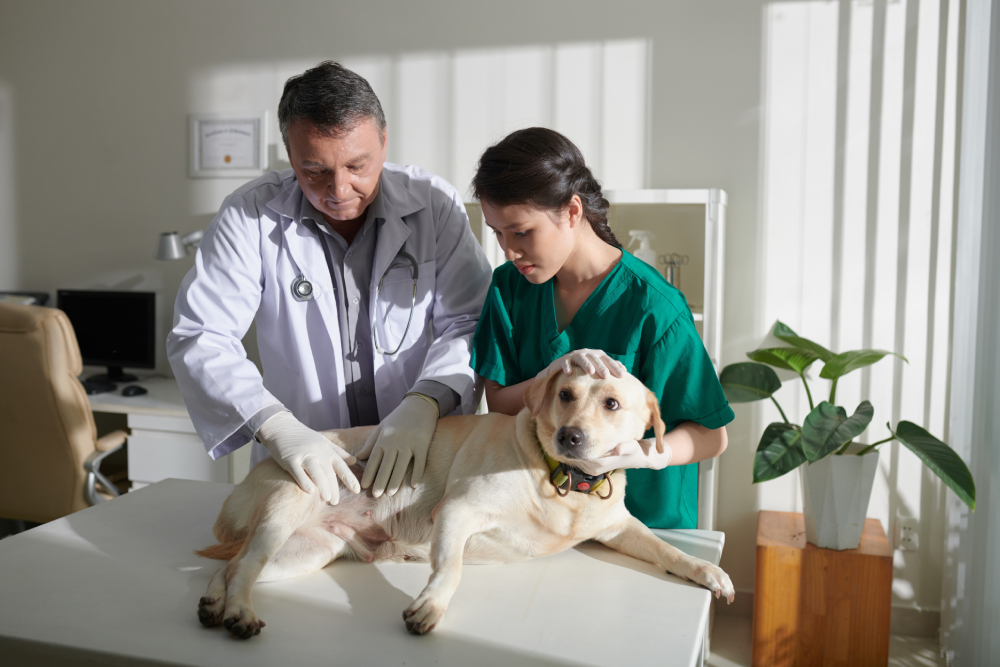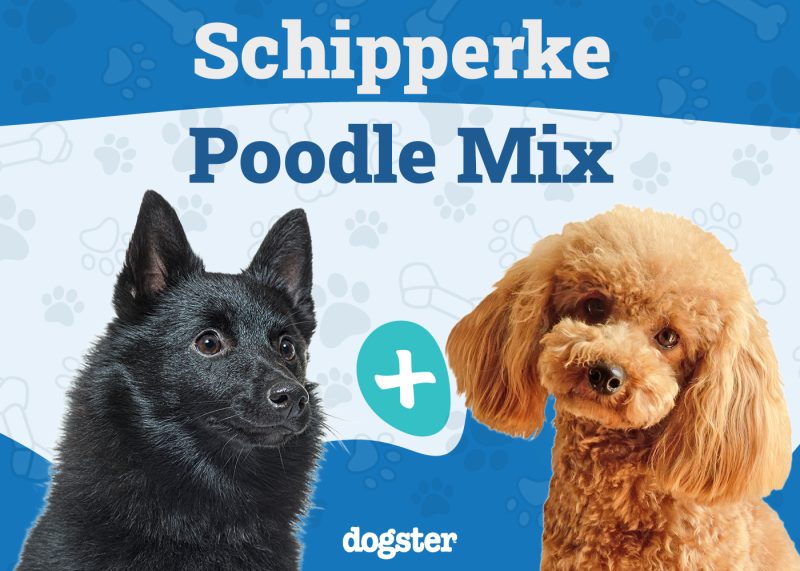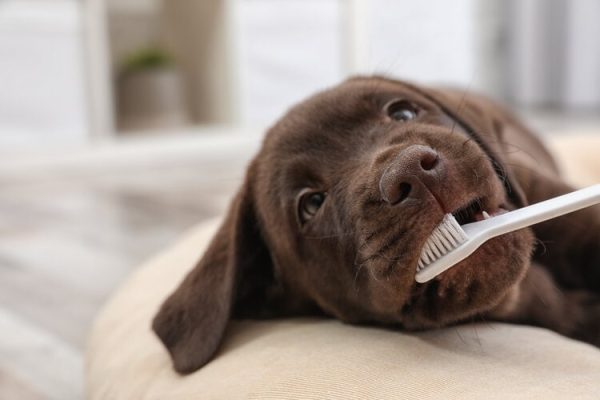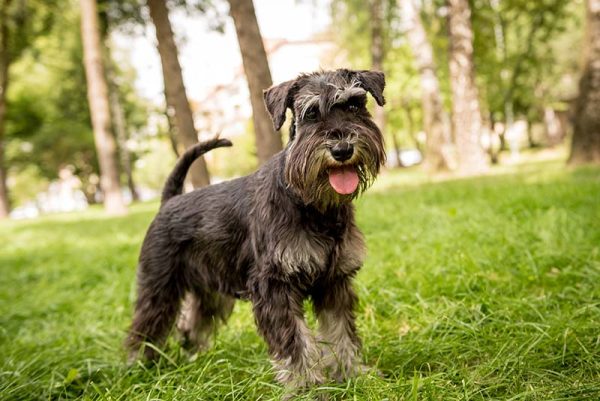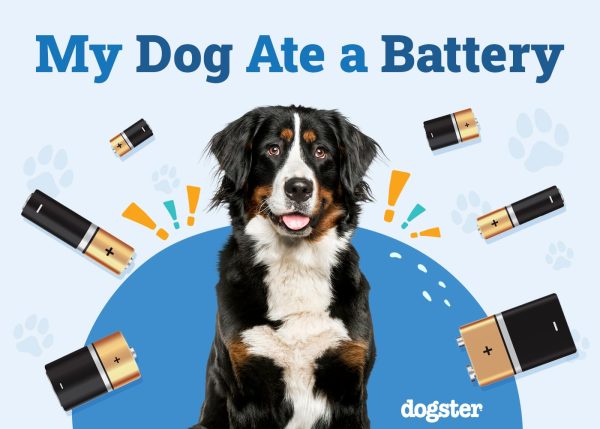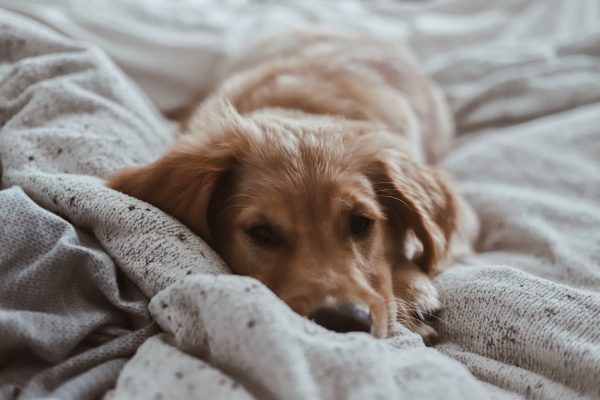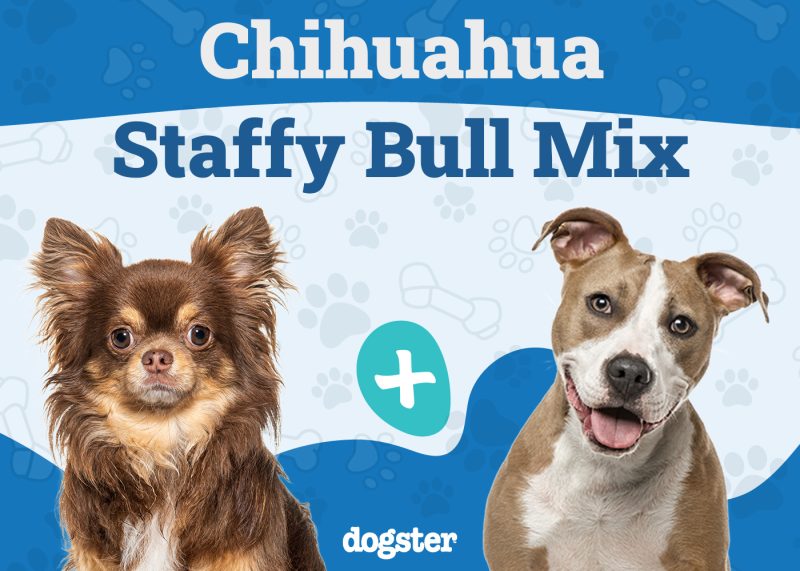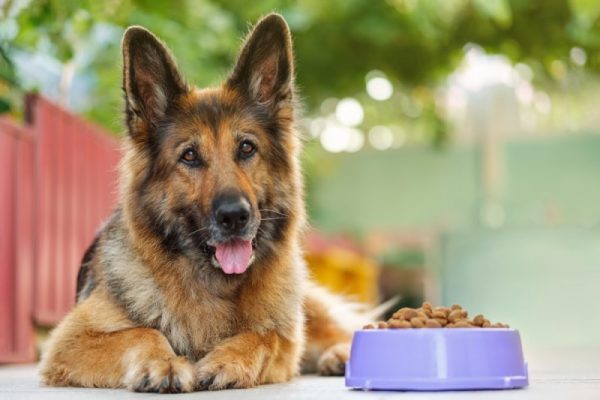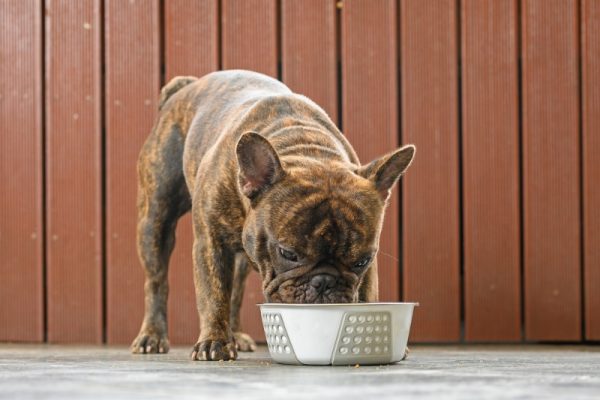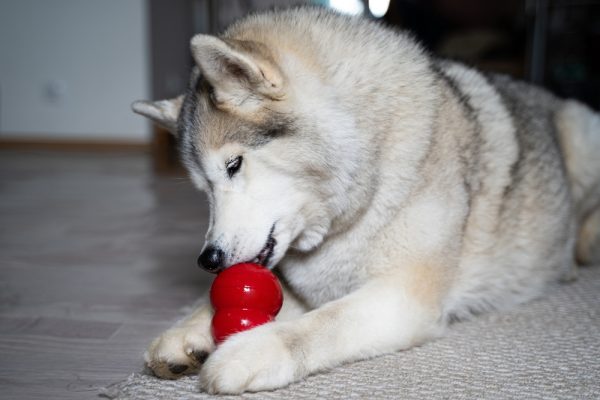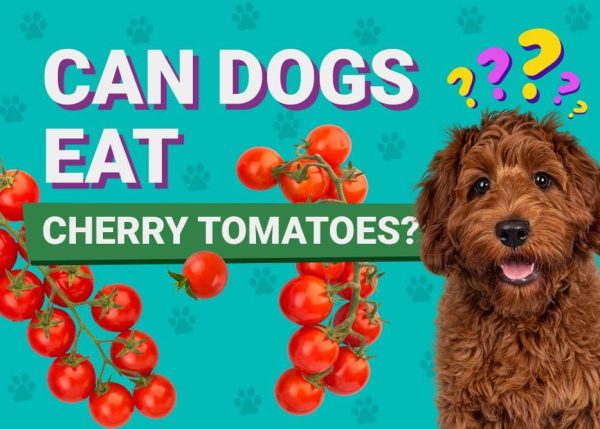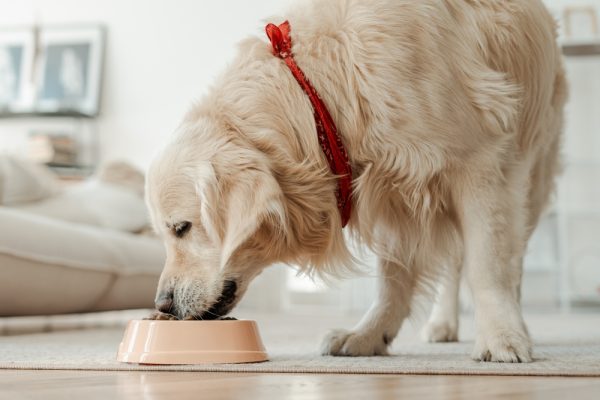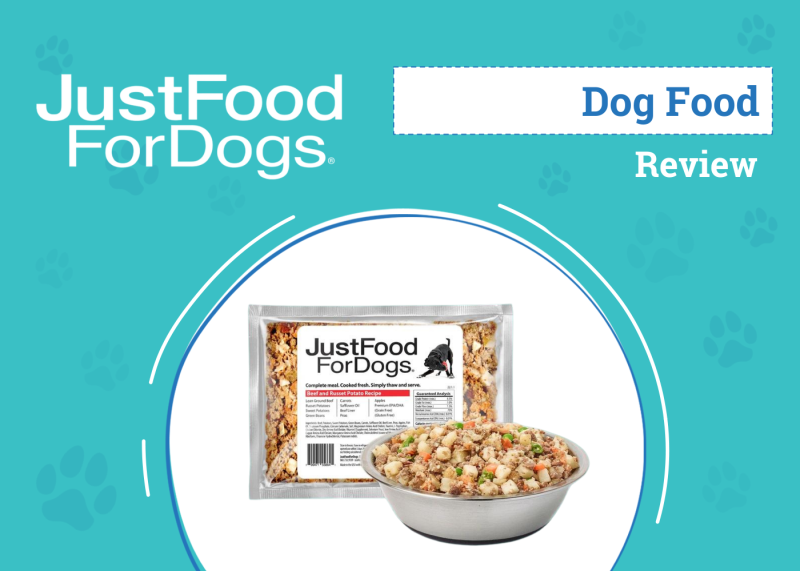In this article
View 5 More +There are three letters that can send shivers down a dog owner’s spine and tell veterinary staff that they’re in for a long night: GDV. If you have a large breed or deep-chested dog, you have probably heard this term before, and if you haven’t, don’t go anywhere.
GDV is a life-threatening gastric emergency, which, left untreated, is almost always fatal. Even with treatment, around 10–20% of dogs do not survive, with even more dogs euthanized before treatment is attempted.
So, what is this horrible condition? Stay with us to learn everything you need to know about GDV—what it is, how to recognize it, and our 10 tips to reduce the risk of GDV.

What Is GDV?
GDV stands for gastric dilatation and volvulus. Simply put, It is when the stomach bloats and twists on itself, trapping gas and fluid inside and cutting off the blood supply to the stomach.
Why Is It So Deadly?
Firstly, the stomach twisting on itself causes an obstruction of the gastrointestinal tract, which is life-threatening. In the case of GDV, however, it is the occlusion of the veins and arteries supplying the stomach that poses the greatest immediate risk to a dog’s life.
Parts of the stomach are starved of oxygen, and toxins start to build up. If the occlusion persists, tissue necrosis (death) occurs, causing more toxic material to accumulate. When surgery is performed to untwist the stomach, these toxins rush into the bloodstream and can cause damage to the heart, liver, and kidneys. The pressure of the expanded stomach can also cause damage to nearby organs and blood vessels.
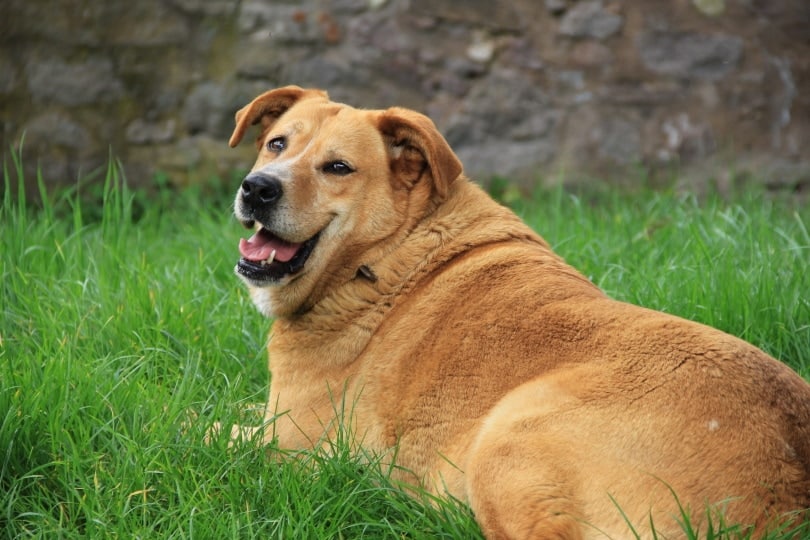
What Causes GDV?
There are a number of risk factors associated with GDV, and over the years, different studies have disagreed on which is most significant and the best ways to address them. One factor that is universally recognized is that the dogs most likely to suffer a GDV are giant and/or deep-chested dogs. The reason for this is simply that their anatomy means there is space for the bloat and twisting to occur.
The following breeds are statistically at a higher risk for GDV, but this list is not exhaustive and does not factor in crossbreeds.
- Great Dane
- Akitas
- Standard Poodle
- Saint Bernard
- Doberman Pinscher
- Dogue de Bordeaux
- Weimaraner
- Bloodhound
- Bloodhound
- Basset Hound
- Newfoundland
- Irish Setter
- Bernese Mountain Dog
- Boxer
- German Shepherd
- Age (older dogs are more likely to be affected)
- History of gastrointestinal disease or bloating
- Genetics
- Diet factors, including feeding large meals, feeding small food particles (increased air intake), and feeding dry foods with oil or fat in the first four ingredients
- Splenic mass
- Stress/panting
- Physical exertion too soon before or after eating

How Is GDV Diagnosed?
Diagnosis of GDV is largely based on history and physical examination, with the classic presenting signs consisting of:
- Acute onset abdominal distention with pain/discomfort
- Gas detected in the stomach via percussion (tapping on the abdominal wall)
- Non-productive retching/vomiting
- Regurgitation of water
- Pale gums
- Weakness/collapse
- Excessive salivation
- Panting and rapid heart rate
The diagnosis will be confirmed by the presence of the dreaded “double bubble” seen on an X-ray. This describes the appearance of the stomach filled with gas and twisted into two distinct portions.
Normal Abdomen
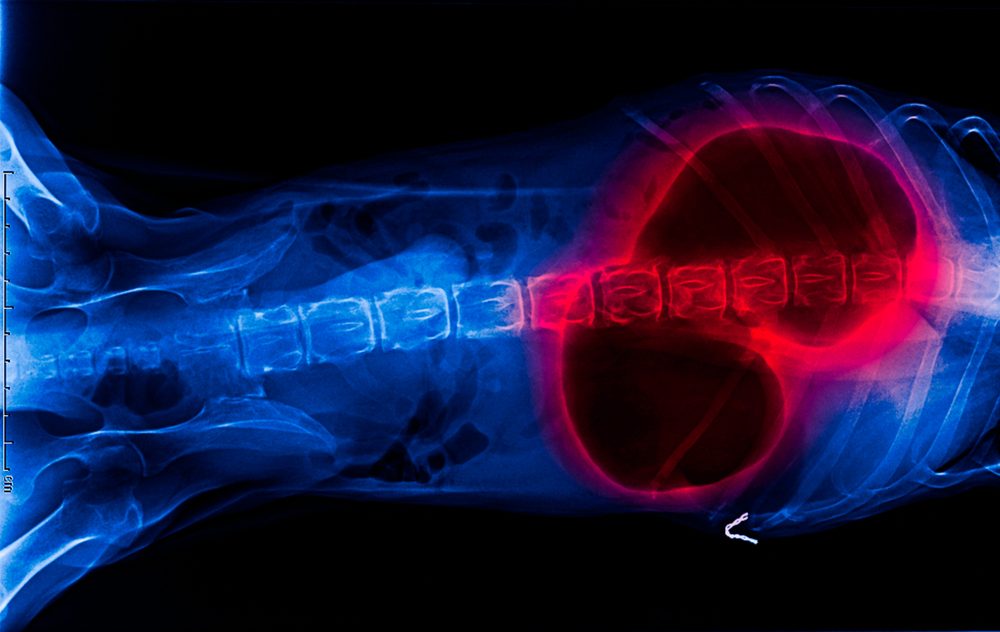
The Dreaded Double Bubble of a GDV
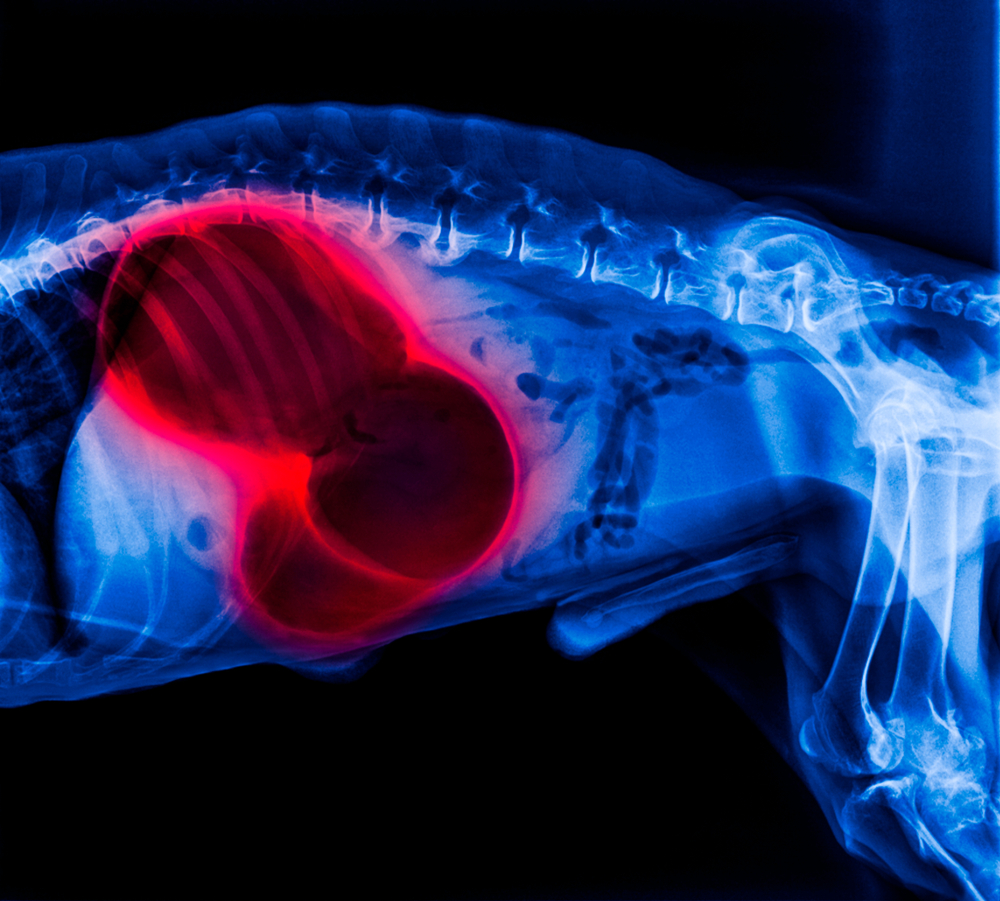

How Is GDV Treated?
If you elect to proceed with treatment, your dog will be placed on rapid intravenous fluids to help support the organs and flush toxins out of the system when the volvulus is corrected. Blood will normally be taken as a baseline measurement to allow monitoring of liver and kidney parameters, electrolytes, and blood gasses.
A stomach tube will be passed down the esophagus to try to remove some gas and fluid from the stomach before surgery starts. The placement of this tube will also help to decompress the stomach once it has been untwisted.
A large incision is made along the midline of the abdomen so the direction of the twist can be identified and to allow good visualization of the other organs. The surgeon will untwist the stomach and return it to its natural position. If there is necrosis of the stomach wall, any dead or dying tissue will need to be surgically removed.
Returning the stomach to its normal position is not enough because the ligaments that hold the organ in place are now stretched, making another GDV very likely. To try to prevent this from happening, the vet will surgically anchor the stomach to the abdominal wall in a procedure called a gastropexy.
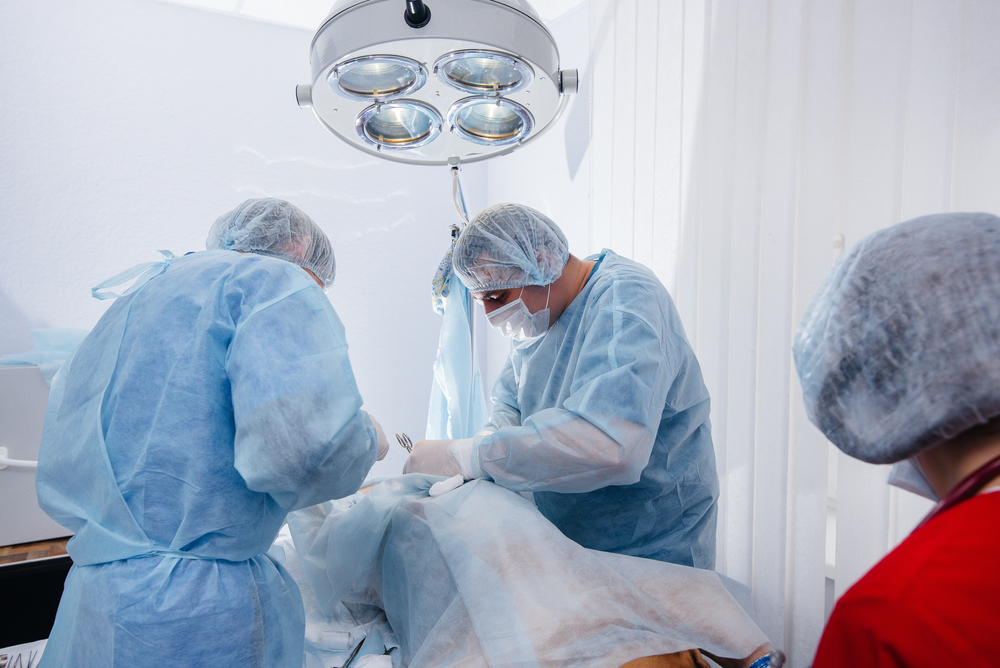
Monitoring
Throughout the surgical procedure, the anesthetic and nursing team will be constantly monitoring the patient, performing frequent checks of blood pressure, heart rate and rhythm, blood gases, and electrolytes to manage the effects of the toxins released into the bloodstream.
This monitoring continues around the clock for the first 24–48 hours following the surgery, as this is the window of time in which most complications will occur.
Medications
Before, during, and after surgery for GDV, a long list of medications will be used to keep the dog stable, including pain relief, anti-nausea drugs, gastric acid inhibitors, antibiotics, and drugs to stabilize arrhythmias and acidosis, if required.
Euthanasia
As we mentioned at the beginning of this article, GDV carries a high rate of mortality, even in dogs that undergo treatment, and the intensive surgical and medical management involved in the treatment of GDV is expensive, with costs often exceeding $5,0003.
When combined with the fact that this condition is more common in older dogs, euthanasia is a relatively common outcome of this condition, understandably so. Older dogs are more likely to have concurrent health conditions, which may impact their recovery, and many owners do not wish to put their dogs through the procedure.

Potential Complications of GDV Treatment
As you can imagine, the damage that GDV causes to the body is often quite extensive, and there are a number of serious complications that can occur during surgery and throughout the recovery period that can have fatal consequences, including:
- Endotoxemia: The accumulation and subsequent release of toxins into the bloodstream.
- Acidosis: A pH imbalance created by the disruption of electrolytes.
- Arrhythmias: The toxic effect of the above issues on the electrical activity of the heart.
- Peritonitis: Contamination of the abdominal cavity with gastric fluid or toxic substances leading to the accumulation of inflammatory and/or infectious fluid.
For these reasons, dogs are normally hospitalized for several days following surgery.
How Do I Stop My Dog Getting GDV?
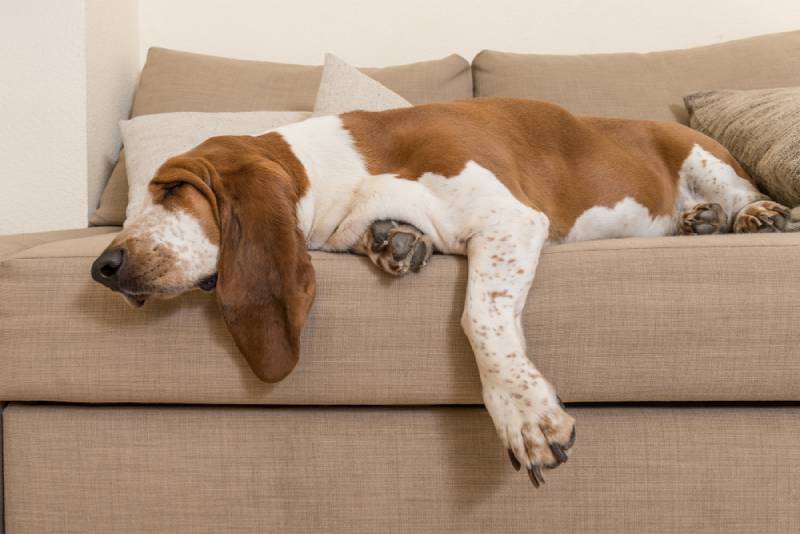
Although it is impossible to completely prevent GDV, there are a number of steps you can take to reduce your dog’s risks of developing this potentially fatal condition, the first of which you are doing just by reading this article. Although all dog owners should be aware of this condition, if you have a large dog, particularly one with a deep chest, such as the breeds listed earlier in this article, check out these ways to reduce the risks of GDV.
The 10 Tips to Reduce the Risk of GDV:
- Don’t feed within 2 hours of exercise (before or after).
- Prevent gulping of food (slow-feeder bowls).
- Limit the water intake after a meal to avoid bloating.
- Don’t feed small kibble to big dogs.
- Soak dry kibble before feeding to prevent expansion in the stomach, or feed wet food.
- Split food into two or more meals.
- Use raised dog bowls—Although elevating your dog’s bowl has not been scientifically proven to help prevent GDV, it can help posture and digestion, so it’s certainly not a bad idea).
- Schedule regular health checks—A vet exam once or twice a year is the best way to stay on top of any potential health concerns.
- Consider prophylactic gastropexy—Owners of breeds with the highest risk of GDV, such as the Great Dane, are encouraged to have a gastropexy performed as a preventative measure, especially if there is a history of GDV in the dog’s family. This can usually be performed at the same time as surgical sterilization.
- Be proactive about digestive issues—Seemingly mild reflux, belching, or minor bloating can be putting strain on your dog’s stomach. Talk to a vet about diet changes or supplements to help keep their stomach healthy.
If you need to speak with a vet but can't get to one, head over to PangoVet. It's an online service where you can talk to a vet online and get the personalized advice you need for your pet — all at an affordable price!


Final Thoughts
Gastric dilatation and volvulus (GDV) is a dangerous condition that all dog owners should familiarize themselves with, particularly if you have a large dog with a deep chest. If you spot any of the possible signs of GDV, such as a firm, swollen abdomen or unproductive vomiting/retching, phone your vet urgently. The quicker you seek treatment, the better your dog’s chances of survival will be.
We may not be able to prevent GDV 100%, but by following our 10 tips, you will be doing everything you can to reduce your dog’s chances of developing this life-threatening illness.
Featured Image Credit: Dragon Images, Shutterstock


